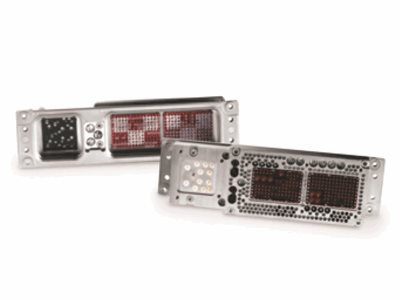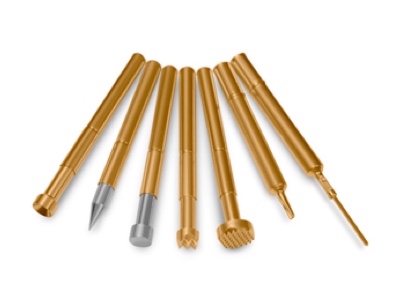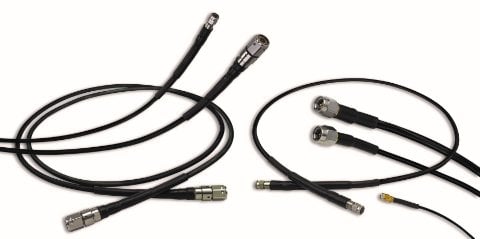- Intermateable and Interchangeable with standard non-filter connectors
- Meet or exceed all applicable requirements of military specifications
- Offered in a number of different contact arrangements and shell sizes
- C, L, Pi filter types Filtering technology (Planar Arrays, Discoidal) to suit application
- Unfiltered (high speed) and ground lines
- Transient Protection proven to RTCA D160F Section 22 levels 3,4 & 5
- Protection against primary lightning, EMI and EMP
Filtered rack and panel connectors include ARINC 404, ARINC 600 and MIL-DTL-83527 shell styles. Filtered rack and panel connectors are designed to meet or exceed all applicable requirements of each series and are intermateable and interchangeable with standard non-filter connectors.
Non-Filter applications can easily be upgraded to EMI/Transient protection without modification to the system through Smiths Interconnect's In-Line filter adapters. The adapters are designed to be installed between the existing plug and receptacle without having to re-wire or disassemble the system.








